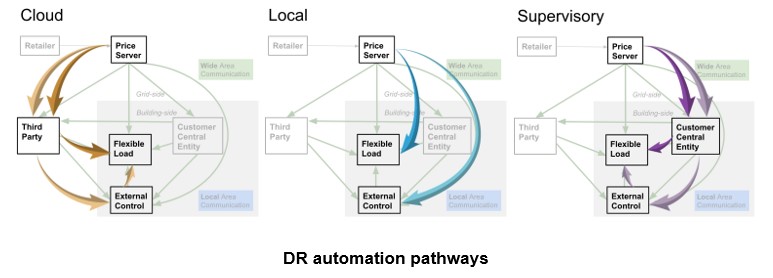Project Info
COMPLETE
 Project Title
Project Title
 Project Title
Project Title
Flexible DR integration
Project Number DR18.09 Organization SCE End-use Whole Building Sector Other Project Year(s) 2019 - 2023Description
KEY RESEARCH QUESTION
How might dynamic pricing effectively reduce grid congestion via automated demand response? What enhancements and innovation ideation to current customer technologies are needed to bring widespread implementation of dynamic pricing, particularly in Southern California Edison?
Project Report Document
Loading PDF Preview...
